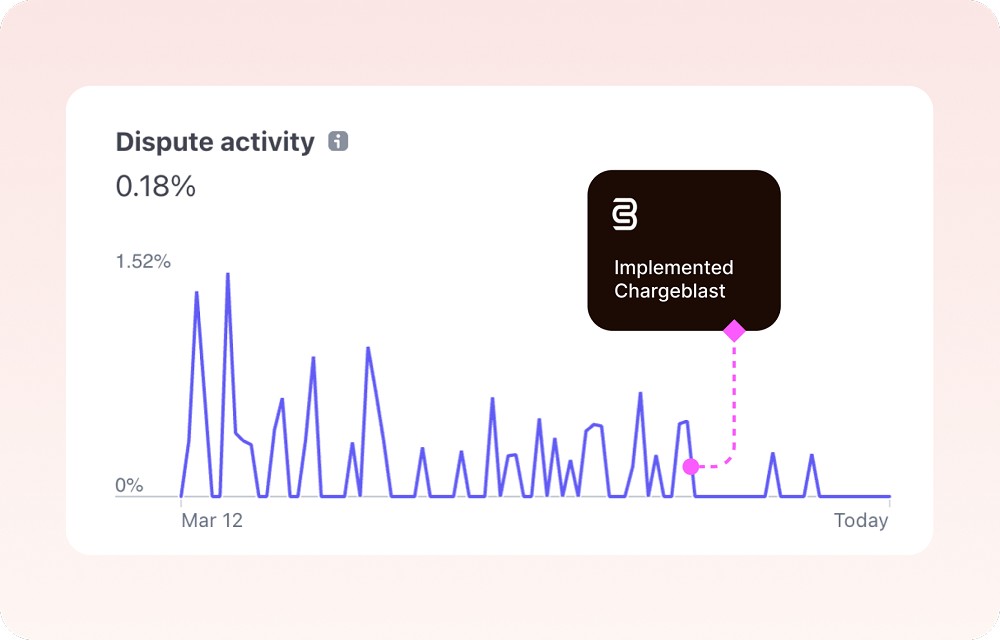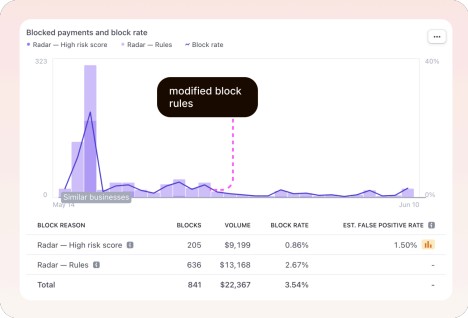
We operate a consumer SaaS company that runs on Stripe, and were very fearful after seeing horror stories on twitter, reddit and elsewhere. We were growing fast, albeit operating a new business, and were worried our dispute rate was going to climb. We were sitting at around a 0.5% dispute rate however prioritized seeking a solution for this as we predicted this rate would climb as old payments started to pile up relative to new charges. Our top priority was just stopping the chargebacks at any cost.
Before Chargeblast
Before finding Chargeblast, we tried a number of modifications to our software to help solve our looming dispute issue. These solutions were costly and required major changes to how our business functioned. For example, one change we made was changing our billing descriptor to: [redacted].so/refund, which was a
shorthand url that redirected to a self-serve no questions asked refund page. This undoubtedly helped keep our chargeback rates in check, but certainly induced customers to refund that wouldn’t have normally asked for a refund.
We also tweaked our refund policy to be extremely generous, basically never denying a customer a refund. We put call outs to this refund policy all over our website, in billing receipts, and elsewhere - this also was inducing customers to refund and our overall refund rate increased from only 3% of payments to ~10%.
Results
We were able to get Chargeblast set up in a matter of minutes, and it was live catching disputes within 48 hours. For starters, our dispute problem basically disappeared overnight.

Without having to worry about chargebacks, we were able to comfortably roll back our extremely liberal refund policy, modified billing descriptors, and conservative Stripe blocking rules. Prior to implementing Chargeblast, we observed dispute rates by Stripe risk score bucket, and blocked any category with a marginal dispute rate >1%. These transactions were simply too risky to accept. Our overall block rate was around 8%.
With Chargeblast in place, blocking nearly all chargebacks, we just ran an expected value calculation to see which transactions generated a positive expected value after the cost of an alert. Namely, as long as the probability of the dispute was 33%, we were able to accept the transaction, given our ticket size was roughly 2x the cost of an alert. This amounted to removing all our Stripe block rules (we left a few in place just to stop the most obvious of fraud)!